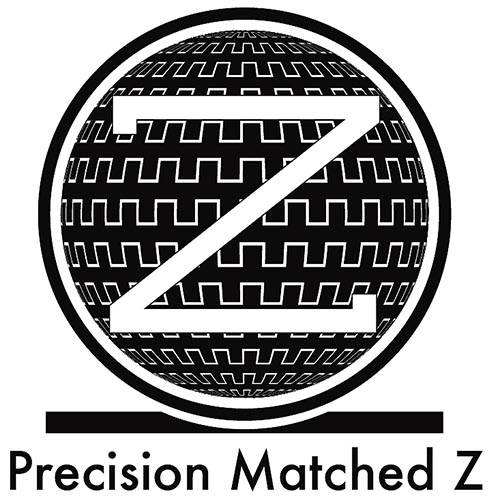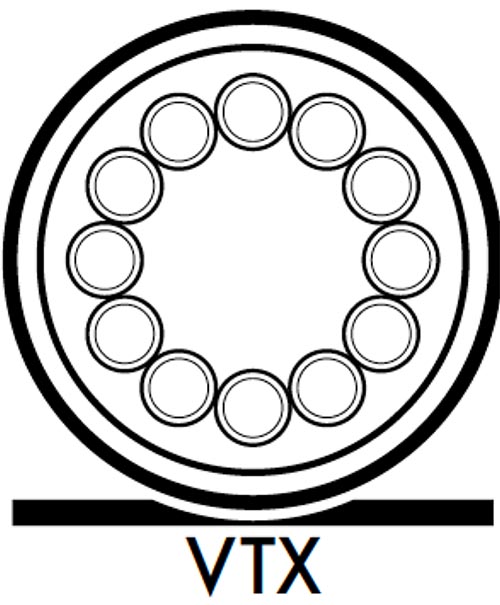VENOM S/pdif
TECHNOLOGY

Shunyata Research digital cables are produced using a Precision Matched Z (PMZ) concept. This means that tolerances of the conductor surface, dielectric extrusion, and the precision of the braided shield are held to minute variances. To achieve these tight tolerances, the extrusion and braiding machines must be run at one-quarter speed during the manufacturing process. The result is better performance through a reduction of cable-induced ‘signal jitter’. (Note: Z means impedance)
PMZ Connectors
Pulse timing is critical to digital transmission accuracy. It is critical that a digital connector’s impedance precisely match the cables’s characteristic impedance. A mismatched connector will create signal reflections which increases digital jitter or phase noise. A 50-ohm cable requires a 50-ohm termination — not the commonly used 75-ohm connector. Shunyata Research is careful to ensure that every cable and connector are precisely matched for a seamless component to component connection.

Shunyata Research’s exclusive VTX™ conductors are made in the shape of virtual tubes. The core of the conductor is completely hollow minimizing skin effects and random eddy currents. They are produced using OFE Alloy-101.

Ohno wire, also called PCOCC was invented in 1986 by professor Atsumi Ohno of the Chiba Institute of Technology in Japan. Copper wire is created by an extrusion process that pulls a rod of cold copper through a small orifice which creates multiple crystalline boundaries. By contrast, Ohno wire is made by a process using heated molds that cast a wire to form a single crystalline structure. Ohno wire is well known for its exceptionally pure, grain-free sonic qualities.
Specification
Cable Type:
PMZ Coaxial
Conductors:
VTX / Ohno
Dielectric:
TPE
Connectors:
SR-RCAa-75
CMode Modules
NA
KPIP Processing:
4-days
Standard Length:
1.00 meters
Characteristic Impedance
75 ohms
Safety Assurance:
Continuity and polarity tests – by two technicians
HiPOT tests insulation breakdown @ 1,200 VAC
